My favorite exhibit at the Monterey Bay Aquarium is the Sandy Shore Exhibit, a constructed habitat for a variety of local shorebirds, which for one reason or another have become captive and can no longer survive in the wild.
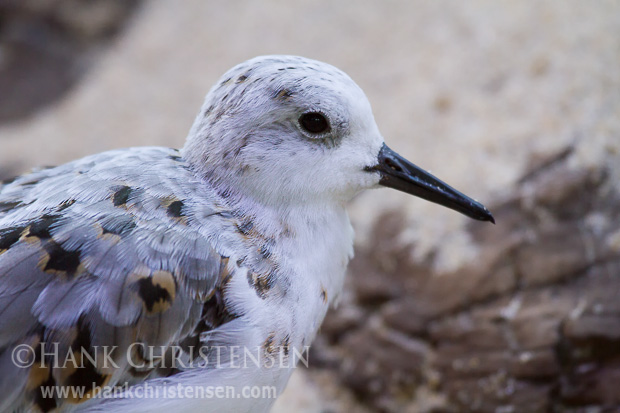
Here is a sanderling, which can be found up and down California’s coast. While they can be seen regularly roosting on the beach, it was great to be able to get up close and really appreciate each bird’s attributes.
I spoke to a docent at the exhibit, who said that many of these birds had been injured in the wild, and can not be rehabilitated to the point that they can be released. Others were born in captivity at zoos and other facilities, and made their way to the aquarium due to its excellent reputation.
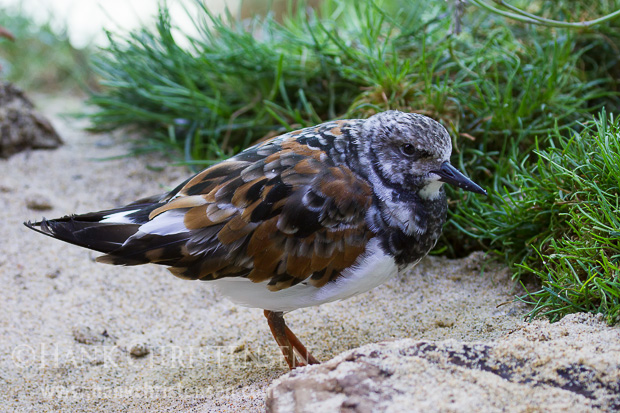
These birds receive excellent care, being given food, shelter, and even extra attention for their young. The birds were quite comfortable with the visitors moving through their habitat, and proceeded with their natural behavior. With no glass or obstruction between the viewer and the habitat, you were able to feel as if you were amongst the birds instead of just viewing them from a different environment.
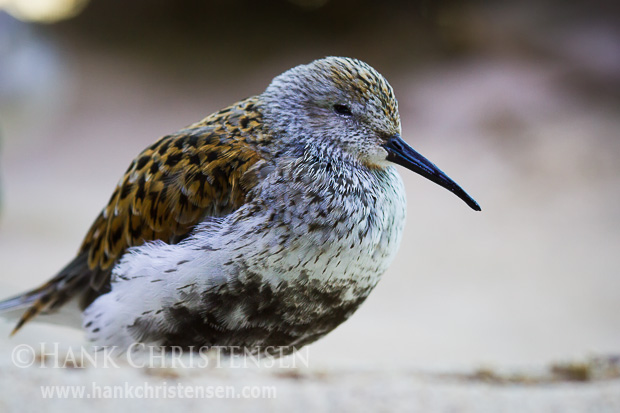
In addition to the dunlin and ruddy turnstone above, which are regular San Francisco bay area residents, a black-bellied plover was present in its winter colors. This plover is one of those difficult species to identify that can look like a completely different bird in the summer verses the winter. As I have been learning to ID birds, I find myself needing to learn not only each species, but each plumage a species can display throughout the year.
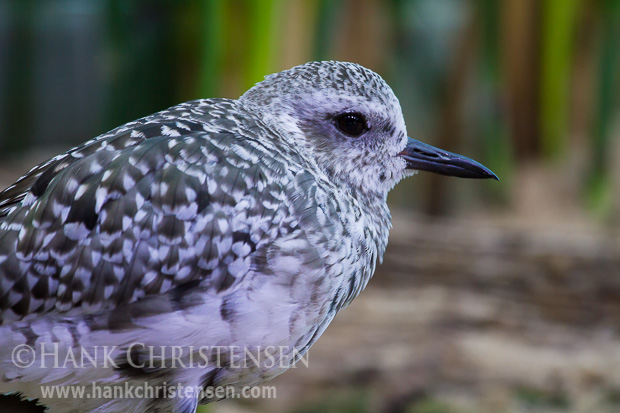
I was able to get excellent views of a semipalmated plover, which I’ve had bad luck with in the wild. The few times I’ve seen one have been at such a distance as to make it not possible to photograph. While photographing captive birds doesn’t really “count” per se, I still enjoyed the opportunity to see one up close.
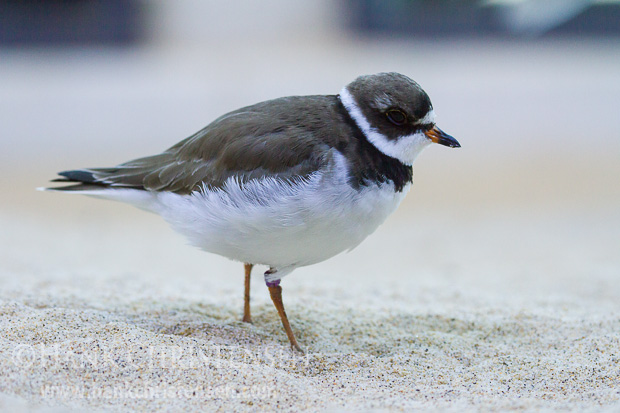
I would highly recommend a visit to the aquarium, particularly this exhibit. Captive animals can serve as a great means by which to practice photography, especially if you do not have long lenses in your arsenal. Most of the shots here were taken between 200 and 300mm, all hand held. I’ll be sure to get back there soon.
